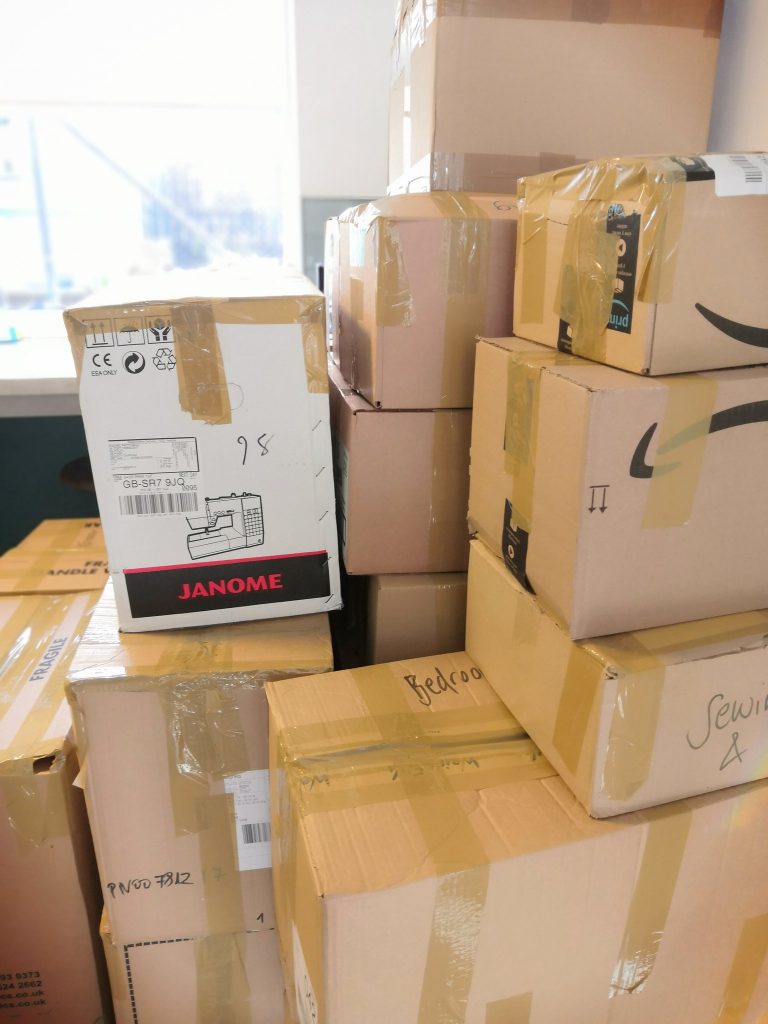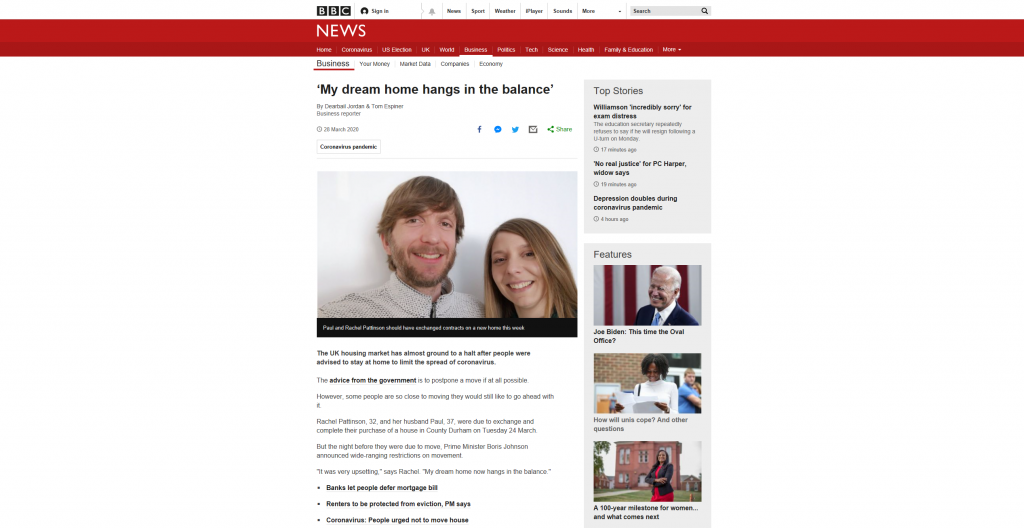Last week, NU Women welcomed Dr Sarah Burton, a Leverhulme Trust Early Career Fellow from City University of London’s Sociology Department to deliver her paper on Dark Academia, Gender, and Aesthetic Practices of the Intellectual.
Rooting her work in Nirmal Puwar’s work on Space Invaders, in which certain bodies fit into spaces where others are read as alien or inappropriate, Dr Burton uses Dark Academia to consider how academic spaces are (re)built, embedded, and contested over time.
Specifically, she examines how this is enacted on and through aesthetic portrayals of the intellectual and scholar as a cultural figure. In this research paper, Dr Burton discusses the encounter of Dark Academia on her sociologist colleagues by asking: “What are intellectuals? What does intellectual life look like? How do you know if you’re an intellectual?”
“Just as Puwar has tracked this powerful whiteness from Eaton, to Oxford, to Westminster, I’m going to embark on a sort of return journey following the intellectual from Dark Academia, to popular culture, to its possible inception.”
Arising from social media such as TikTok, Tumblr, and Instagram over the last few years, the Dark Academia aesthetic trend is characteristically recognisable by its vintage dress reminiscent of 1930s-40s Oxbridge fashions: tweed jackets, plaid skirts, knit cardigans, brogues. Think Withnail and I, Dead Poets Society, and the kind of thing you see on Morse.
As a lifestyle the Dark Academia trend advocates for learning for learning’s sake, encouraging such things as translating Ancient Greek and Latin for fun, visiting museums and art galleries, and letter-writing by hand. It’s a romantic view of scholarly work, that takes a pleasurable view of writing and researching.
Dr Burton points to Dark Academia’s explosion in popularity amongst Generation Z during the pandemic. Isolation from school life, has led to an uptake in wanting to ‘feel’ scholarly through adopting this aesthetic.
Its call back to vintage fashions amount to cosplaying as an intellectual, embracing the quiet solitude of lockdown as a lifestyle choice. Its return to pre-digital simplicity is a response to the uncertainty and chaos of the current moment.
“It’s enticing and alluring and escapist, reminding us of putatively simpler times before REFs and TEFs…but it also works to demarcate and exclude. Outside of thin, white, Europeanness there is little scope to legitimately imagine yourself into this aesthetic.”
Most notably, this aesthetic framing of the intellectual is rooted in conservative, Eurocentric, elitist ideals.
Dr Burton notes that within its aesthetic and lifestyle markers, there’s no space for “most women, working class, people of colour, fatness, people with low economic or cultural capital, disability, caring and domestic activities and labour (especially the enjoyment of these), motherhood, queerness, and the mundanity of academic life.”
The fabric of Dark Academia as a look and lifestyle is woven from a preference towards whiteness, masculinity, and Eurocentric cosmopolitanism. Dr Burton’s research participants show that this exclusion is felt as imposter syndrome. It presents an unrealistic view of academic work that ignores the real demands and pressures of university life.
For more information abut Dr Sarah Burton’s work, please see: https://www.city.ac.uk/people/academics/sarah-burton#profile=overview



